Google Pixel 9 review – the dawn of a new Pixel era
Google Pixel 9: One-minute review
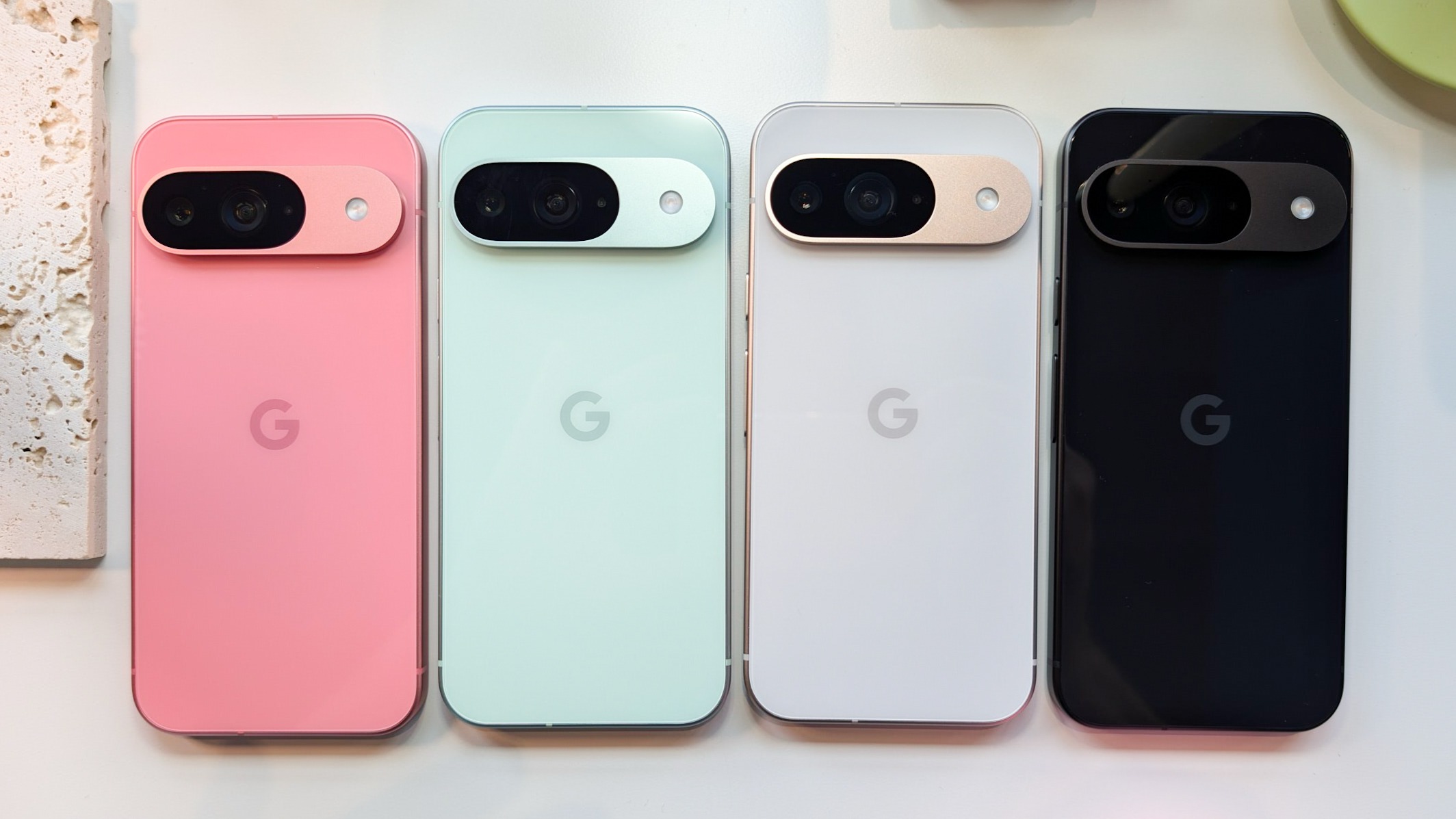
The Google Pixel 9 makes sense – it’s a very easy phone to explain. When you buy the Pixel 9, you get the best of the Pixel 9 Pro, for less money. You get the exact same processors, two of the exact same cameras (the Pro gets an extra one), and the same new AI features, with none of the good stuff left out just because you didn’t go Pro. No other phone company draws such a straight line from the bottom to the top of its range.
The Pixel 9 even looks more like its Pro brethren than previous 'standard' models. The Pixel 9 and Pixel 9 Pro are nearly identical in shape, size and weight. Both have a 6.3-inch display that is searingly bright. The batteries are the same size. Both the Pixel 9 and Pixel 9 Pro use Gorilla Glass Victus 2 for improved durability up front, and Google says the Pixel 9 is twice as durable as last year’s Pixel 8.
Along with that improved durability comes an entirely new look for the Pixel family. The old camera bar is gone, replaced with a ‘camera pill’ (my term, not Google’s) that doesn’t quite extend across the full width of the rear of the phones. It looks much better in person than it did in early leaked photos. The Pixel 9 still looks unique compared to the asymmetrical corner-placed cameras on your typical iPhone or Galaxy phone, but this is the biggest style departure in years, since the Pixel 6 ushered in today’s Pixel design language.
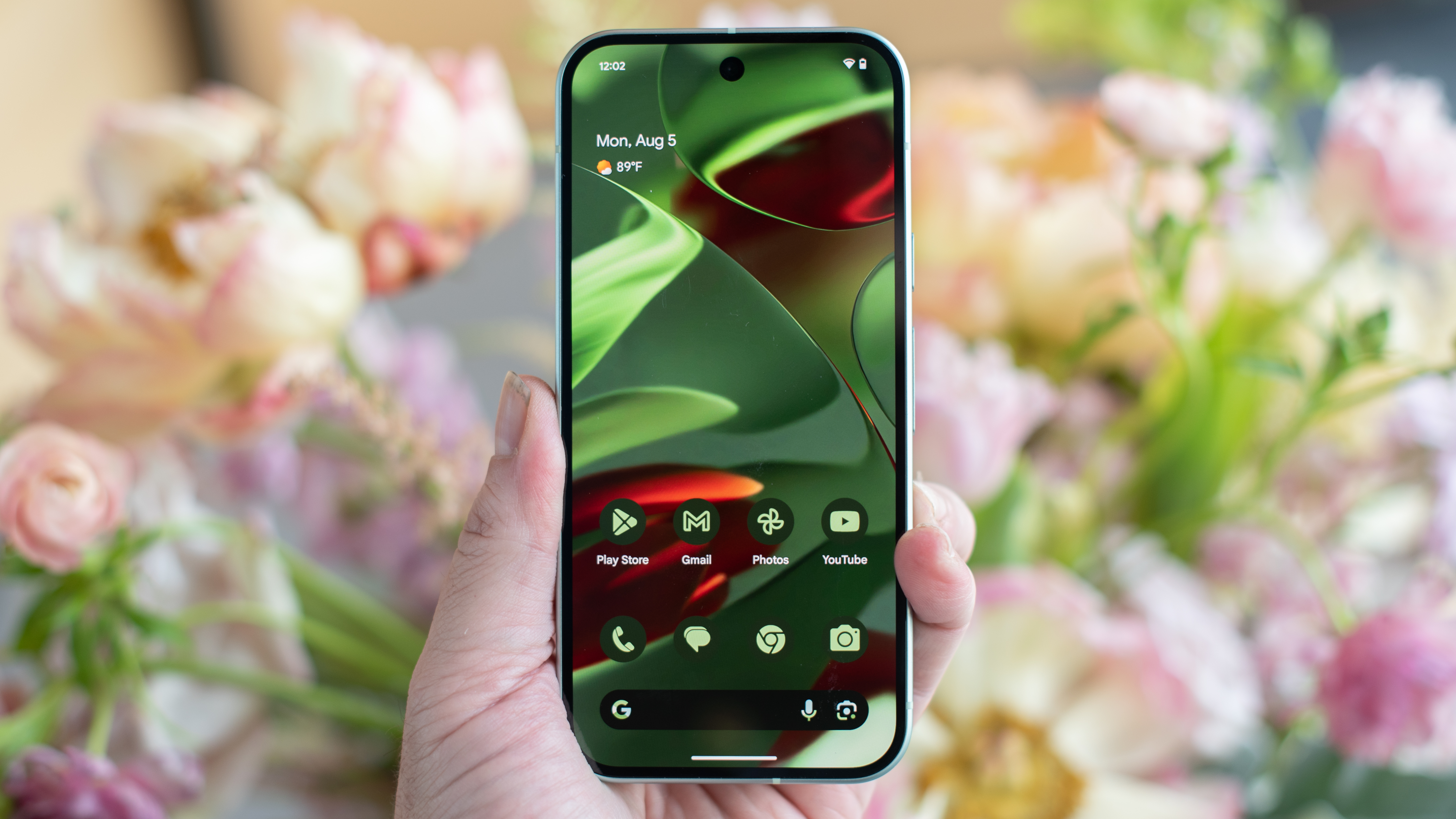
The Pixel 9 looks remarkably like the Pixel 9 Pro. One phone has a polished glass back with a satin finish to the metal frame and camera bump. The other has a matte glass back with a polished finish to the frame. If I didn’t tell you which was which, you probably couldn’t guess, though the Pixel 9 Pro gives itself away with the extra camera lens.
What are you sacrificing if you choose the Pixel 9 instead of the Pixel 9 Pro? The Pixel 9 comes with ‘only’ 12GB of RAM, which is the same as a Samsung Galaxy S24 Ultra, but the Pixel 9 Pro offers 16GB. I think more RAM will be important with new AI features becoming the headline features for new phones. Those AI tricks need a lot of RAM, probably more than they need a super-powerful processor.
The Pixel 9 doesn’t offer a zoom lens in its camera setup, but it does give you the same 50MP wide camera and 48MP ultra-wide found on the Pixel 9 Pro. And you don't just get the same number of pixels, you get the exact same sensors. Neither Apple nor Samsung give you the same cameras on the base model and the most expensive version.
Of course, the Pixel 9 isn’t just about cameras, even though the cameras look like a big improvement over the Pixel 8. It’s also a showcase for Google’s latest AI ambitions, and Google Gemini is looking very ambitious. Is it time to worry about AI on your phone? Not yet, but we’re getting closer.
Google Gemini on the Pixel 9 will be Google’s first multimodal AI attempt. That means it won’t just listen to your voice or read what you type; it will also be able to look at an image or listen to audio and answer questions based on what it sees and hears. Google says you can take a photo of the contents of your fridge, and Gemini will suggest recipes based on the ingredients you have.
Like previous Pixel phones, the Pixel 9 will be able to change your photos. Some new photo features seem invaluable, like the Add Me feature built into the Pixel camera. As a parent, I was often left out of photos because, well, I was holding the camera. With Add Me, the photographer can take a photo, then pass the camera to someone else and step into the shot; that person takes another shot, and then the Pixel adds you seamlessly to the first image, like you were all together.
Other features border on questionable AI. There's a new ‘reimagine’ tool in the Magic Editor, as well as a Pixel Studio image generator. It’s easy to change your images or create new, fake photos, but at best the usefulness of these tools seems questionable, and at worst they have the potential to be used in nefarious ways.
The Pixel 9 can also listen to your phone calls and take notes using Gemini AI. Google says this AI feature will announce itself to you and your caller when you activate it, but I’m not yet comfortable with everyday, normal phone calls being recorded for no reason. I’m worried that this will soon become the norm with mobile AI, and I haven’t seen proof that our privacy is being properly safeguarded.
Is the Pixel 9 going to be worth buying? A lot depends on the camera image quality, and also on how much you care about new AI features; because AI is already a big part of this phone and it’s only going to get bigger. The new Pixel-exclusive Screenshots app doesn’t appeal to me at the start, but if it proves useful then I might start taking a lot more screenshots, and relying more on the AI for answers.
But why stop at screenshots? Why stop at phone calls? Eventually, the Gemini AI could expand to understand a lot more of the world around you, especially now that it has become a multimodal tool. Over the next seven years, Google says the Pixel 9 will get major Android OS updates, Pixel feature drops, and security patches. I expect the stickiest and most useful AI tools today will become a much more important part of the entire Android system tomorrow.
Google Pixel 9 hands-on review: Price and availability
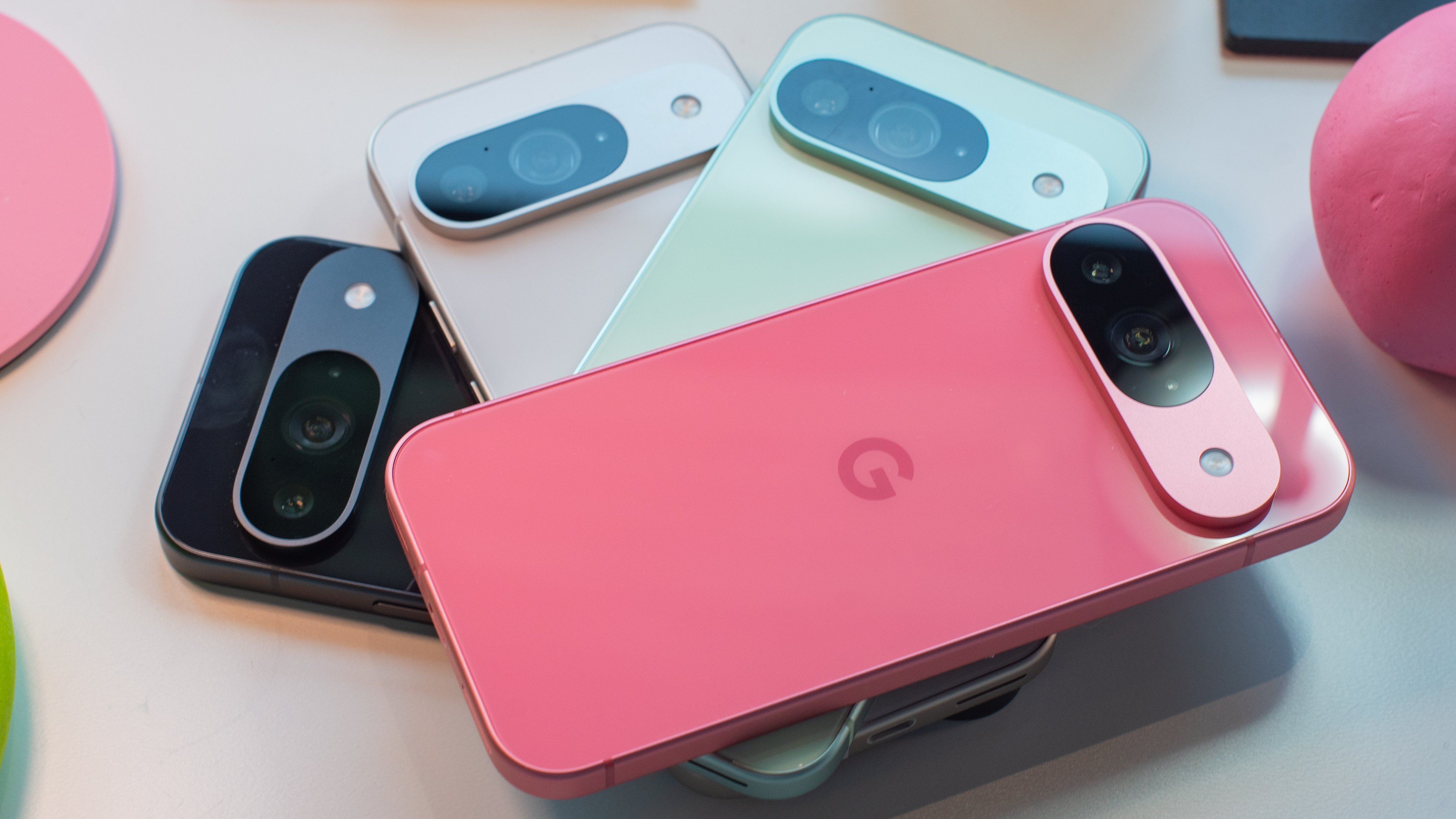
- Available August 22 starting at $799 / £799
- Maybe wait for a price drop closer to the year’s end
The Pixel 9 is available for pre-order now, and you'll be able to find it in stores from August 22. The phone comes in two storage options – 128GB or 256GB – and you may want to opt for the larger capacity if you plan on keeping your phone for longer. Who knows how much storage future large language models (LLM) will take up.
The colors this year are inspired by nature, and they look great in the myriad materials and finishes Google uses for the frame, the glass, and the camera hump. The new Peony pink is bright and saturated, and it stands out more than the pink Rose Quartz color on the Pixel 9 Pro.
The Wintergreen is my favorite, but I’ve been carrying a porcelain Pixel 8 Pro for a while and I’m happy to see that off-white make a comeback this year on the Pixel 9 and Pixel 9 Pro. If you’re boring you can always get the black Obsidian color.
I must warn you that Pixel phones go on sale frequently, and pricing can be erratic throughout the year. While the Pixel 9 starts at $799 / £799, I would expect that price to drop, though not as quickly as before. The Pixel 8 went on sale in mid-October last year, and by mid-November you could buy one on Amazon for $150 off the launch price in the US.
@techradar ♬ original sound - TechRadar
Google Pixel 9 hands-on review: Specs
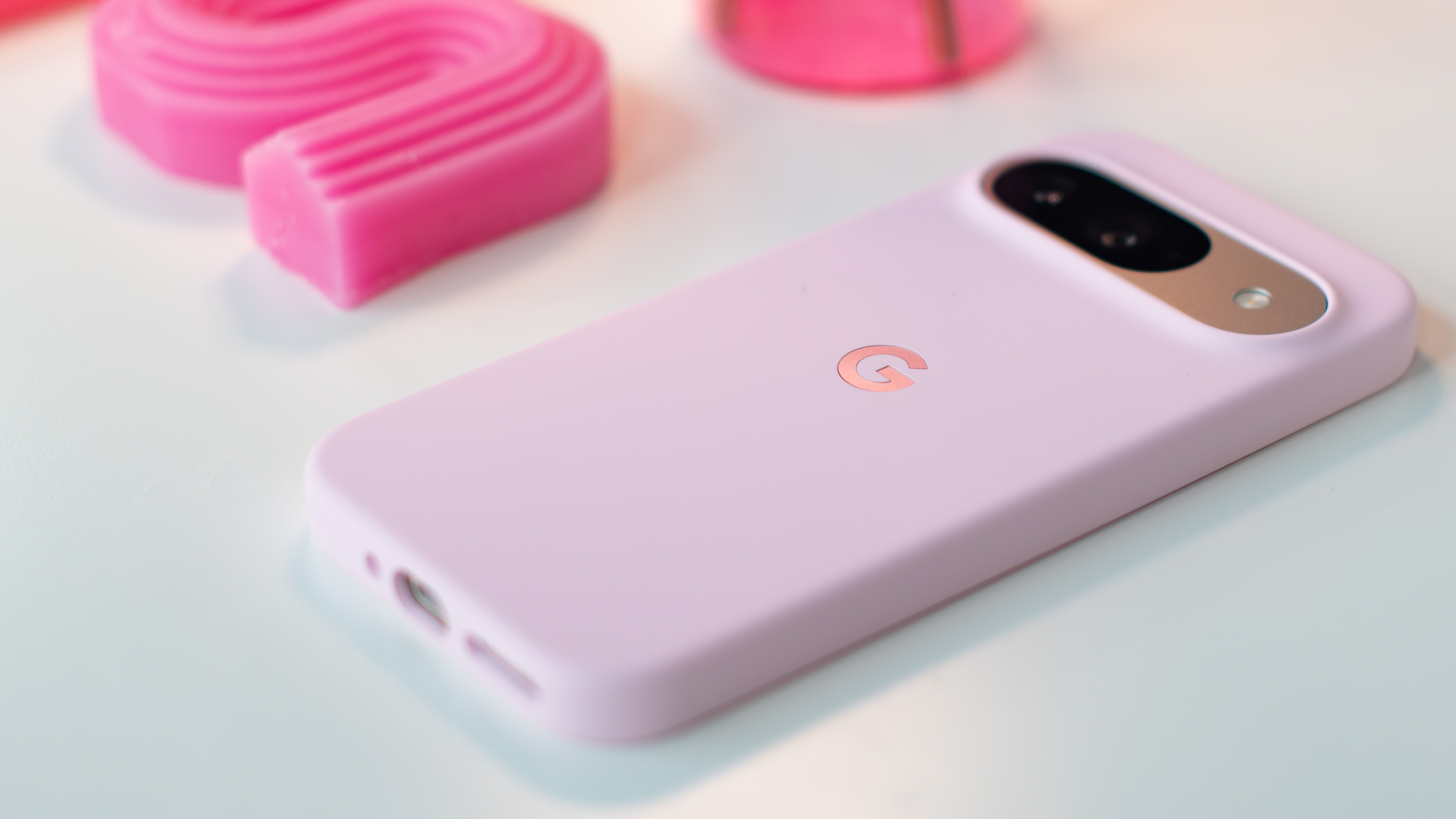
How does the Pixel 9 stack up against competitors? The best comparison is the Samsung Galaxy S24, launched at the beginning of this year. Samsung is using the fastest processor on any Android phone, so there’s no contest with raw processing power. On other specs, however, the Pixel 9 is very impressive.
The Pixel 9 has a better display than the Galaxy S24, according to DXO Labs and Google. It’s brighter, with a higher resolution. The Pixel 9 may also have better cameras. The ultra-wide camera specs are the same on both phones, but the Pixel 9 has a larger sensor for its main camera, with a wider-aperture lens that should allow more light to hit the sensor. We’ll have to test the phone thoroughly to be sure.
The Pixel 9 has faster charging than the Galaxy S24, according to Google, but we’ll have to test those claims in Future Labs. The battery size is the same, but the Pixel 9 charges at 45W, while the Galaxy S24 charges at 25W. To Samsung’s credit, the Galaxy S24 is a thinner and lighter phone than the Pixel 9. Both phones use Gorilla Glass Victus 2 for the front glass, and both phones are rated to IP68 for water and dust resistance.
Google Pixel 9 hands-on review: Design and display
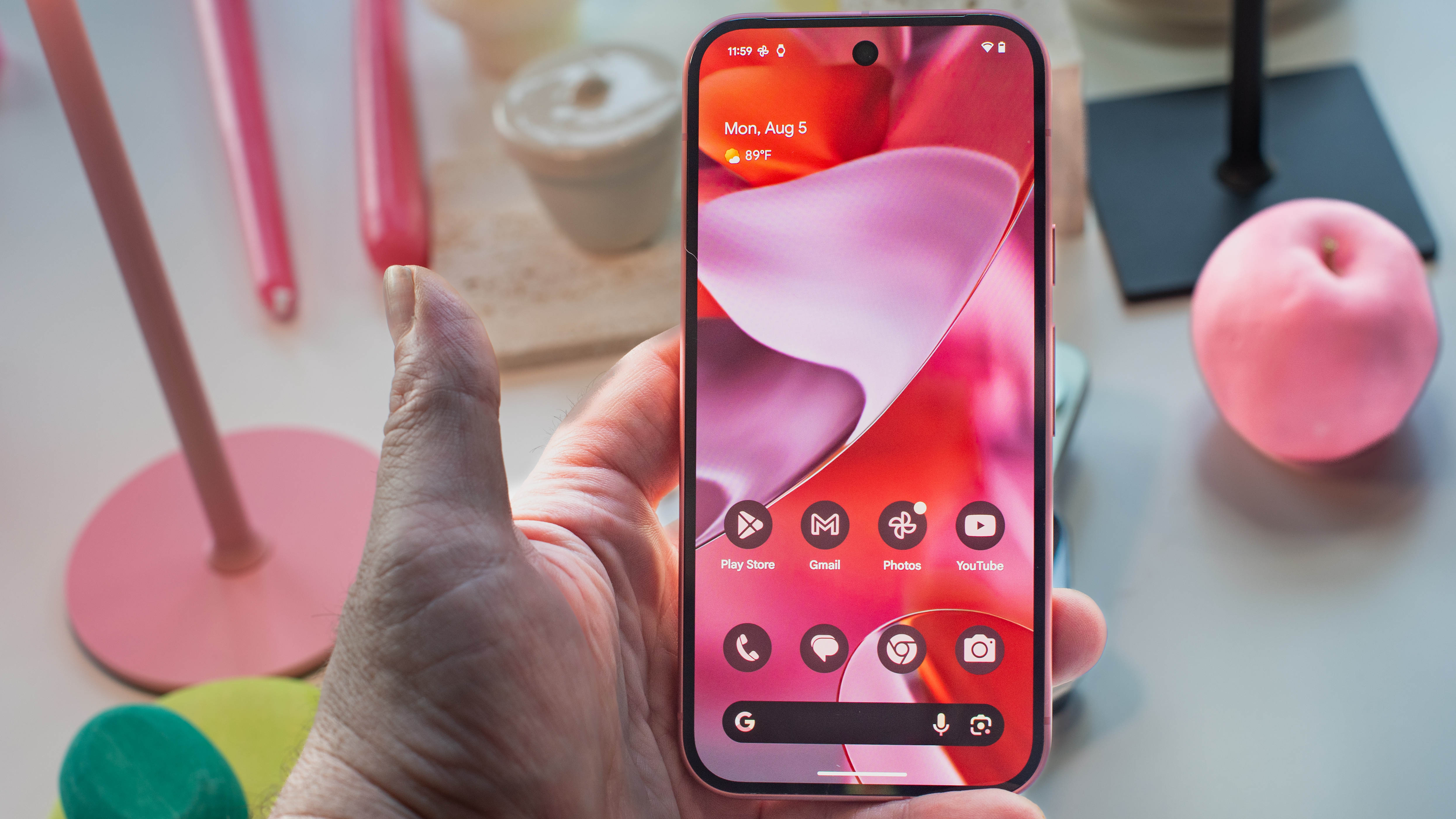
- Best display in its price range, according to DXO Labs
- New design is a departure, but very modern
Google made the Pixel display a priority with the Pixel 8, and the Pixel 9 doesn’t just continue its quiet dominance, it comes with bona fides of its own. Google says DXO Labs will call the Pixel 9's display the best phone display in its price range, which includes premium phones under US $1,000.
In my hands-on time, it was a very bright and impressive display to behold. Google has done a nice job matching the wallpapers to the various Pixel 9 color options with striking results. It was a sunny day when I got to play with the phones, and I had no trouble seeing the display while taking selfies.
The phone’s design is different this year, and it’s a radical evolution, though you can see the Pixel lineage in the huge camera bar and overall finish. Google’s Pixel phones try to buck Android’s reputation for cheap devices, and the materials look and feel premium. The bright color options work with the Pixel 9’s glossy finish, while the muted Pixel 9 Pro colors look better with its matte shell.
The camera bump admittedly sticks out much more than it did before, but it still looks symmetrical, and it won’t make the phone rock or tip to one side if you lay the device on its back. I like the sharp edge on the new pill-shaped protrusion. It looks laser-cut with precision.
Google says the Pixel 9 is twice as durable as the Pixel 8, without citing any one improvement. It uses 100% recycled aluminum in the frame, as well as the aforementioned Victus 2 glass, but Google seems extra confident this year. Maybe I’ll have to drop my review unit accidentally… out of a window.
Google Pixel 9 hands-on review: Software

- AI software leads the way, of course
- Screenshots app reads screenshots, could portend the future
I wish there was more to say about the Android software, but all of the software features I tried in my hands-on time were related to Google’s AI, not the basic interface design elements. Some of Google’s new AI features were clever and useful, like the Add Me feature in the Camera app. Some seemed questionable, like the calling features that will listen to your conversation and take notes.
The new Gemini Live conversation feature isn’t coming to the Pixel 9, sadly. It will only be available on the Pixel 9 Pro or higher. All of the other Gemini AI features should be available on every Pixel 9 phone.
Google is making an interesting improvement to Circle to Search that I’m curious to try. If you circle an image, Google will tell you where that image came from. If the image was altered by AI, Google says its new search will know. Frankly, if this works as advertised, it could be invaluable for the upcoming US election season.
It will take some time before we know whether some of Google’s most interesting AI features are invaluable or not. Google’s new Pixel Screenshots app looks very interesting, and could have a grand future ahead.
I take a lot of screenshots, but I never thought much about them. If I need to remember a specific detail, I might take a screenshot and refer to it soon after, but screenshots don’t seem like a good long-term storage solution for information.
Somebody at Google, however, has been thinking about screenshots a lot. The Screenshots app, which is exclusive to the Pixel 9 family (for now, at least), will apply its AI understandings to your vast collection of screenshots. If you don’t have a screenshot gallery, maybe this app will inspire you to take more.
Google says you’ll be able to ask questions in Screenshots in a natural, conversational way, using its Gemini AI. You can ask Screenshots to pluck details from your various, er, screenshots and it will be able to use its new multimodal talents to interpret the image and answer your questions.
The thing is, I don’t think this feature will end with screenshots. I can easily imagine a future where Google’s AI treats every moment on your phone the way its new Screenshots app treats screenshots. Using the same tools, your phone could constantly monitor what it sees on your screen and organize this data to answer questions later. I think Screenshots is a preview of the deeper understanding that AI will have of your phone, and of your digital life.
Google Pixel 9 hands-on review: Cameras
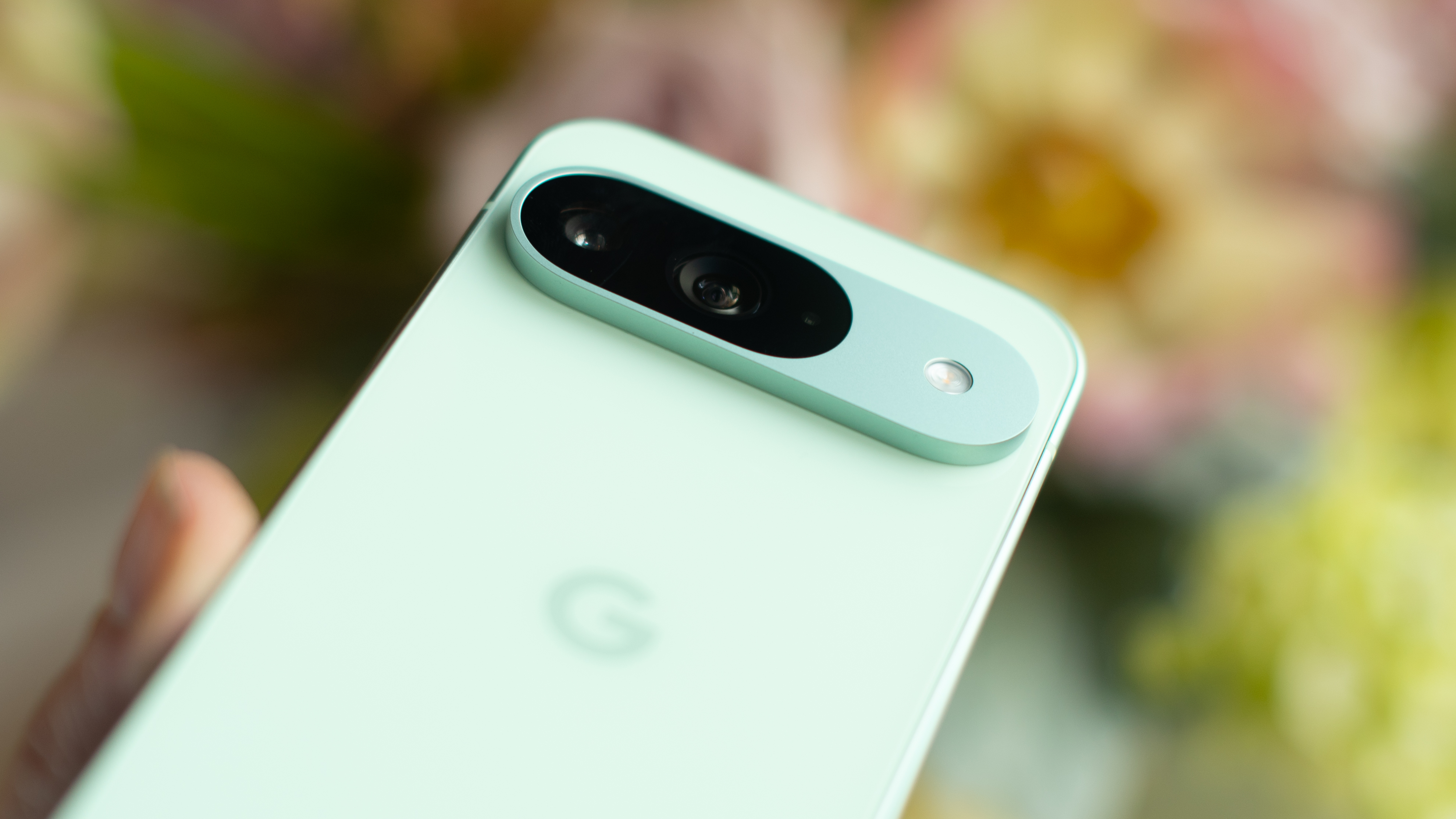
- Exact same main camera and ultra-wide as Pixel 9 Pro
- New Add Me camera feature is useful, but is it real?
Every year Google says the Pixel has the best cameras ever, but this year I am especially enthusiastic about the choices Google has made. The Pixel 9 has the same main camera and ultra-wide camera as the Pixel 9 Pro and Pixel 9 Pro XL. The only difference is the additional 5x zoom camera on the Pro models.
That’s unheard of in the smartphone world. Other phone makers use camera specs to sell the bigger phone. The cameras on Apple’s iPhone 15 Pro are better than those on the iPhone 15, and the cameras on the iPhone 15 Pro Max are better again. Samsung’s Galaxy S24 Ultra is so different from the Galaxy S24 and Galaxy S24 Plus, cameras-wise, that it might as well have a different name.
Of course, great specs still need to be tested in the real world, so I’ll have to put these cameras to use, but I’m optimistic.
Google has applied its AI features heavily to the camera and Photos app. There’s a new Add Me feature in the camera that seems very useful. Basically, it lets you shoot a group photo, then have somebody else hold the camera while Google’s AI helps add you to the image. It gives the second cameraperson guides to follow to line up the shot, then it blends you into the group.
In practice, I can imagine using this all the time. I have very few photos of myself with my son when he was a toddler because I was always holding my big, fancy camera. I love the idea that parents can be together in family shots.
There's also a new ‘reimagine’ tool in the Magic Editor, part of Google’s AI image editing in Google Photos on the Pixel phone. Reimagine lets you select a large portion of your photo and replace it with an AI generated image, and it seemed to be quite effective in my brief tests.
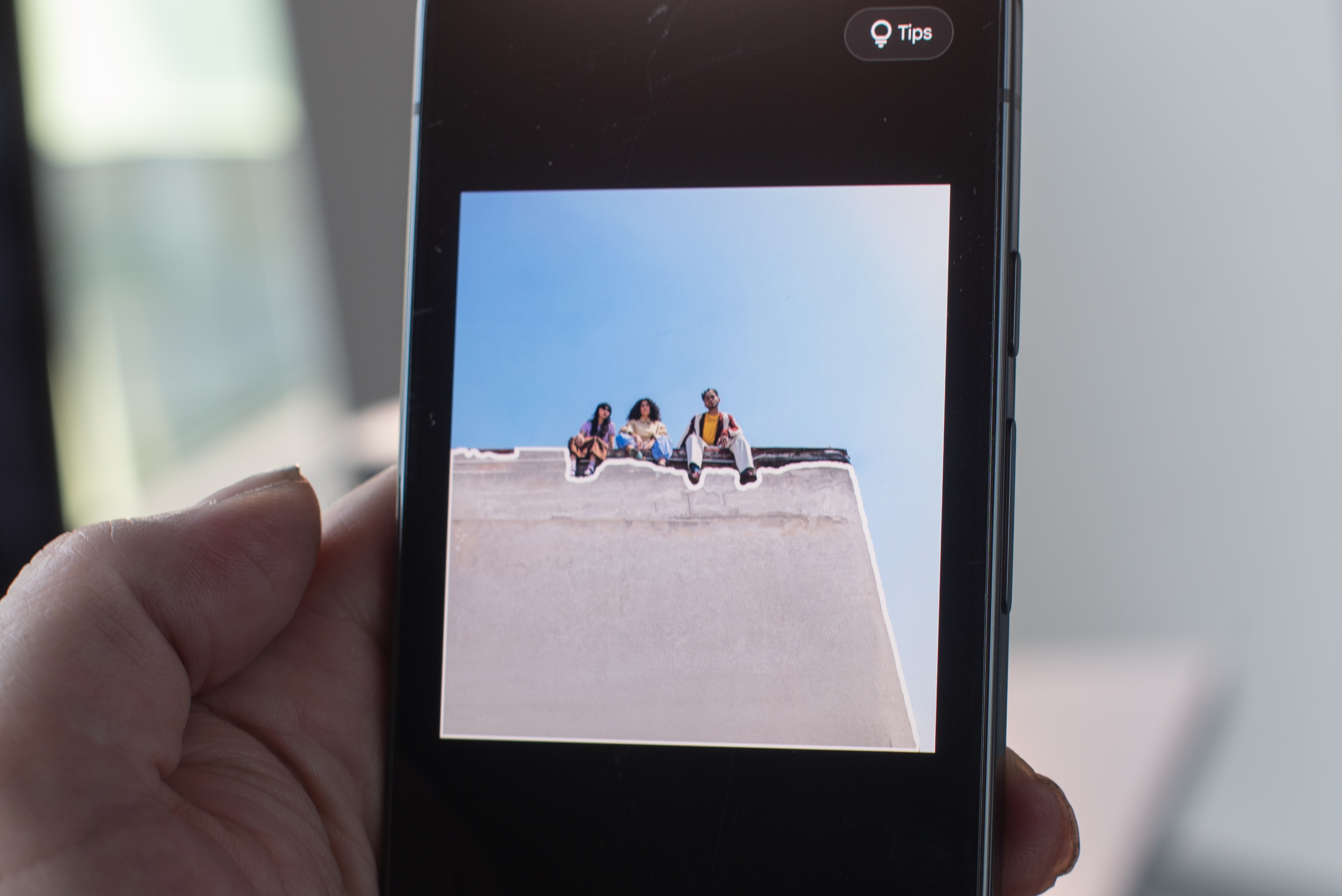
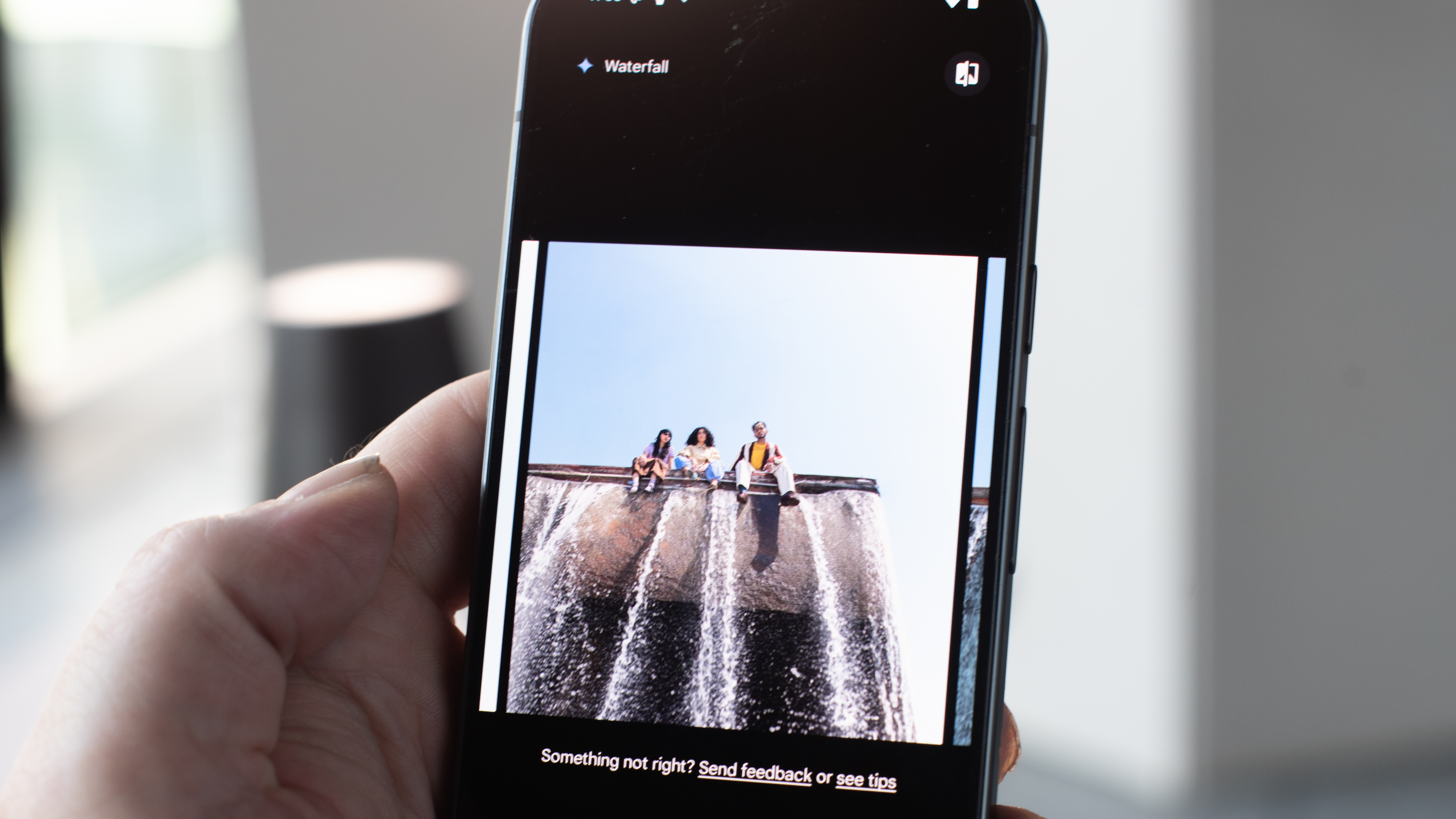
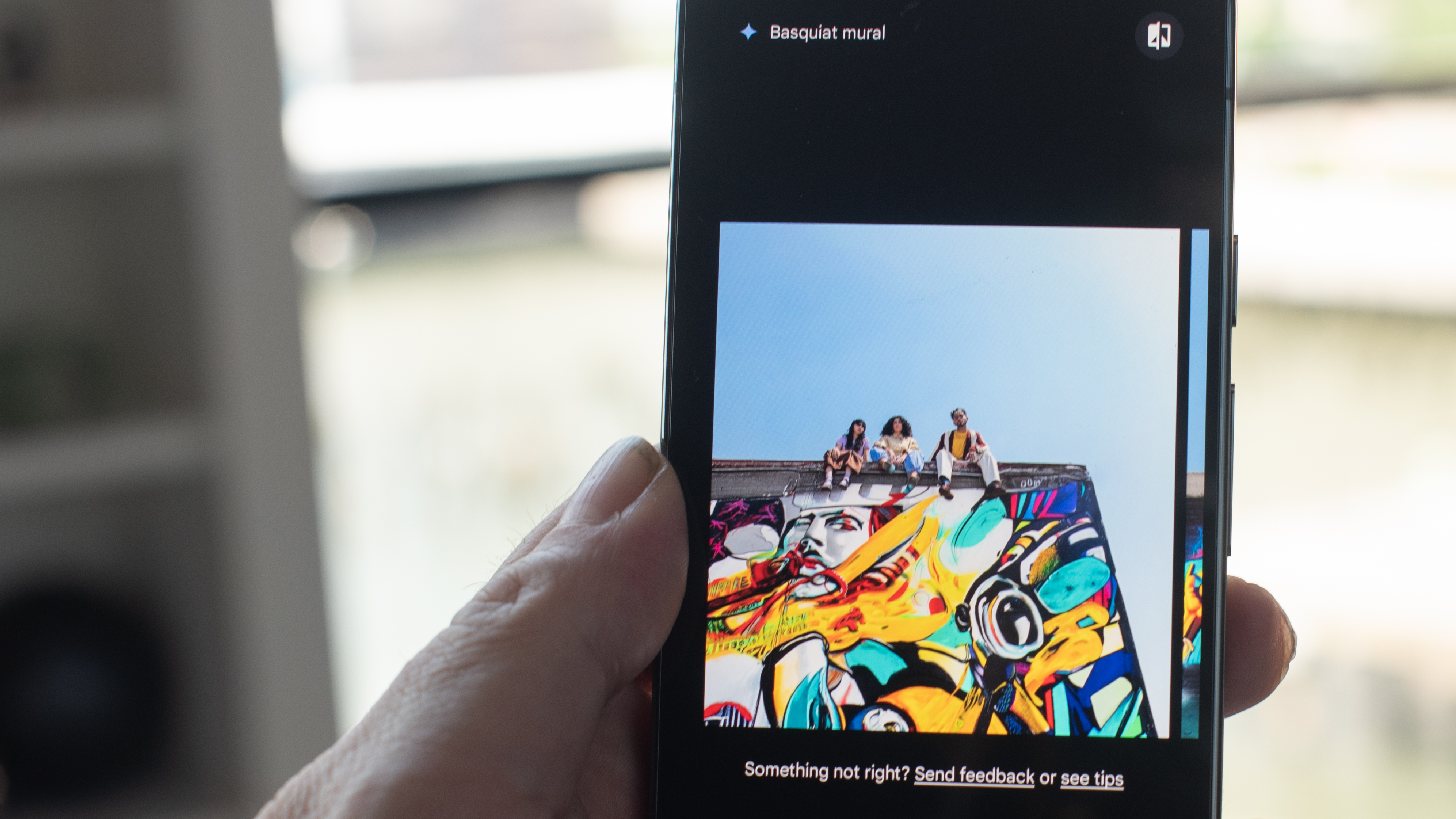
I took a photo of some folks sitting high up on the edge of a wall, and added a waterfall underneath their legs. It looked perfect. Then I asked the AI to replace the wall with a “Basquiat mural” and the Pixel offered me a few options, presumably in its interpretation of the late artist’s style. The murals looked photorealistic when the ‘reimagine’ tool inserted them.
Here’s my big problem, though. None of that is real. I wish I were in those photos with my kiddo back in the day, but I wasn’t. If I add myself later, I still wasn’t in the photos. It’s no more real than if I’d just asked my child to draw me a picture of the family.
I wonder even more about when I’d want to lie about sitting on a wall. If I take a photo of friends sitting side-by-side at the top of a wall, is the photo better because I can make the wall more interesting? Maybe, but then it’s fake. There was no waterfall on that wall. Basquiat never painted there.
In other words, Google’s new photo-editing tools looked cool and effective in my brief hands-on time with them, but they already feel like they lack authenticity, and that’s what gives a photo value as a memory. I’m not sure these tools will be valuable to me.
Google Pixel 9 hands-on review: Performance and battery
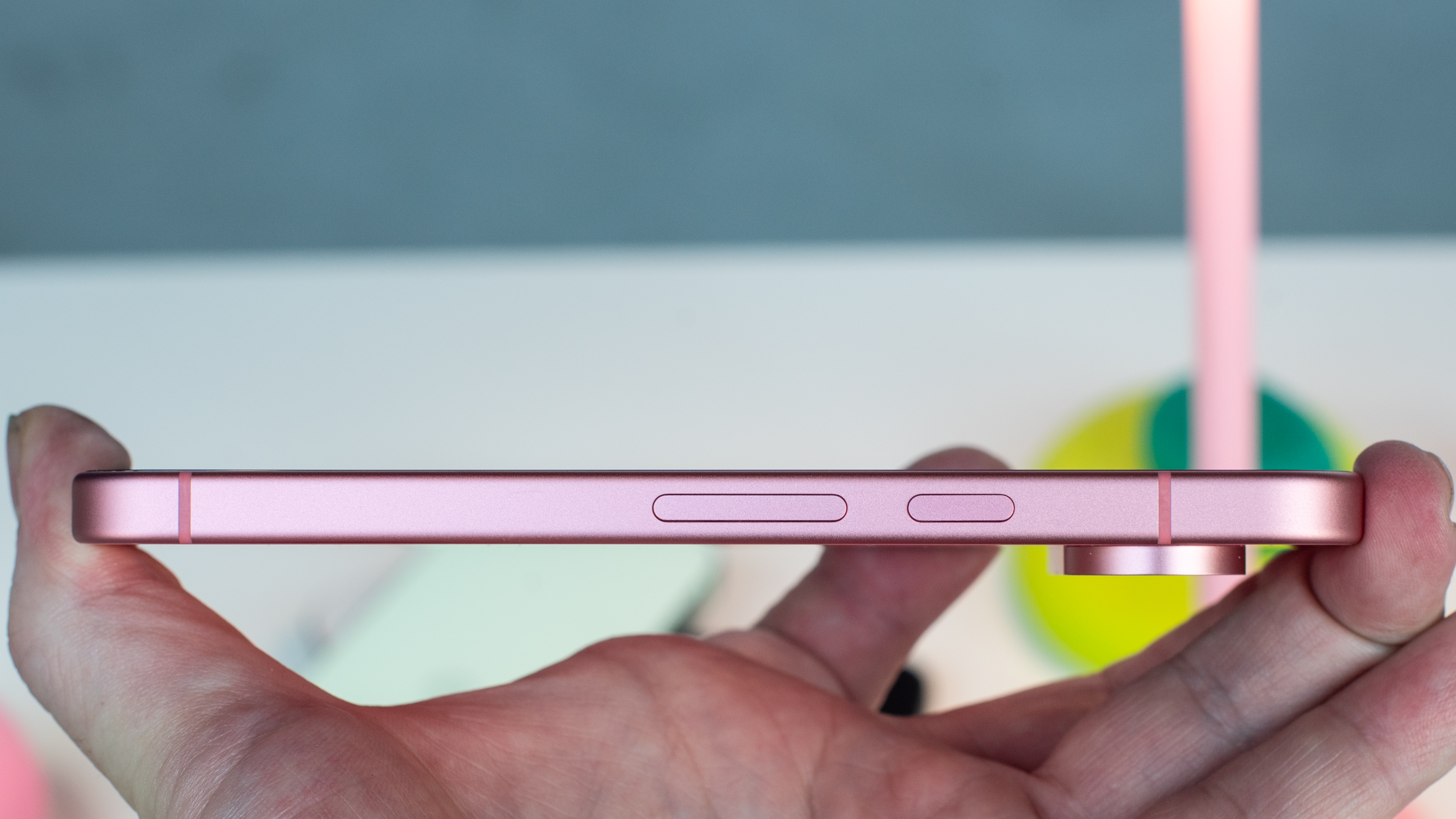
- Tensor G4 may not win benchmarks, but it’s got a lot of RAM
- Fastest charging on a Pixel phone, if you buy a fast charger
It was hard to get a feel for the performance of the Pixel 9 in my brief hands-on time, mostly because I was testing AI features, and every AI feature is a little bit slower than other features. Many AI features call upon Google’s cloud for help, though Google says the Gemini multimodal AI does run locally on the Pixel 9’s Tensor G4 chipset.
Performance isn’t the real point of the Google Pixel 9, though. I have no hope that this phone will top the Galaxy S24 or iPhone 15 in benchmark tests. Google doesn’t aim for the fastest processor. It aims for synergy between the chipset and the Pixel’s features.
When I test the Pixel 9’s performance, I’ll be looking to see if the delay for AI results is getting shorter or longer, compared to the Pixel 8 and other AI phones. I’ll be judging whether the delay is worth the features offered. If I have to wait a long time for the Magic Editor to reimagine bits of every photo, I won’t bother using AI in Google Photos.
Google says its battery charges faster than ever before, and the Pixel 9 uses 45W charging, but there's no charger in the box. It’s worth splurging on a nice charger, as the faster charging speed makes a difference when you’re in a rush and need a few more hours of screen or camera time.
Google Pixel 9 hands-on review: The bottom line

My final verdict on the Google Pixel 9 will depend on the cameras and the new AI features. I’m hoping the cameras will deliver, especially because the Pixel 9 Pro will take the same photos, since it has mostly identical specs. On the AI features, I’m skeptical but willing to put in the work.
I’m willing to let Gemini listen to some of my phone calls. I’m willing to take a bunch of screenshots for the Screenshots app to feed upon. I’m willing to try some creative reimagining of my boring photos. From what I’ve seen in my hands-on time, I expect the results will be pretty good.
But even if we allow that it’s good, is it useful? I wonder if we’re at the point where AI tools have become powerful and effective, but we just don’t want them. I’m curious to spend time with the Pixel 9 and its new AI features to see if Google is creating our AI future, or if we’re actually just sitting on an AI bubble.
☑️ 100s of smartphones reviewed
☑️ 15 years of product testing
☑️ Over 16,000 products reviewed in total
☑️ Nearly 200,000 hours testing tech
First hands-on August 2024
0 comments:
Post a Comment